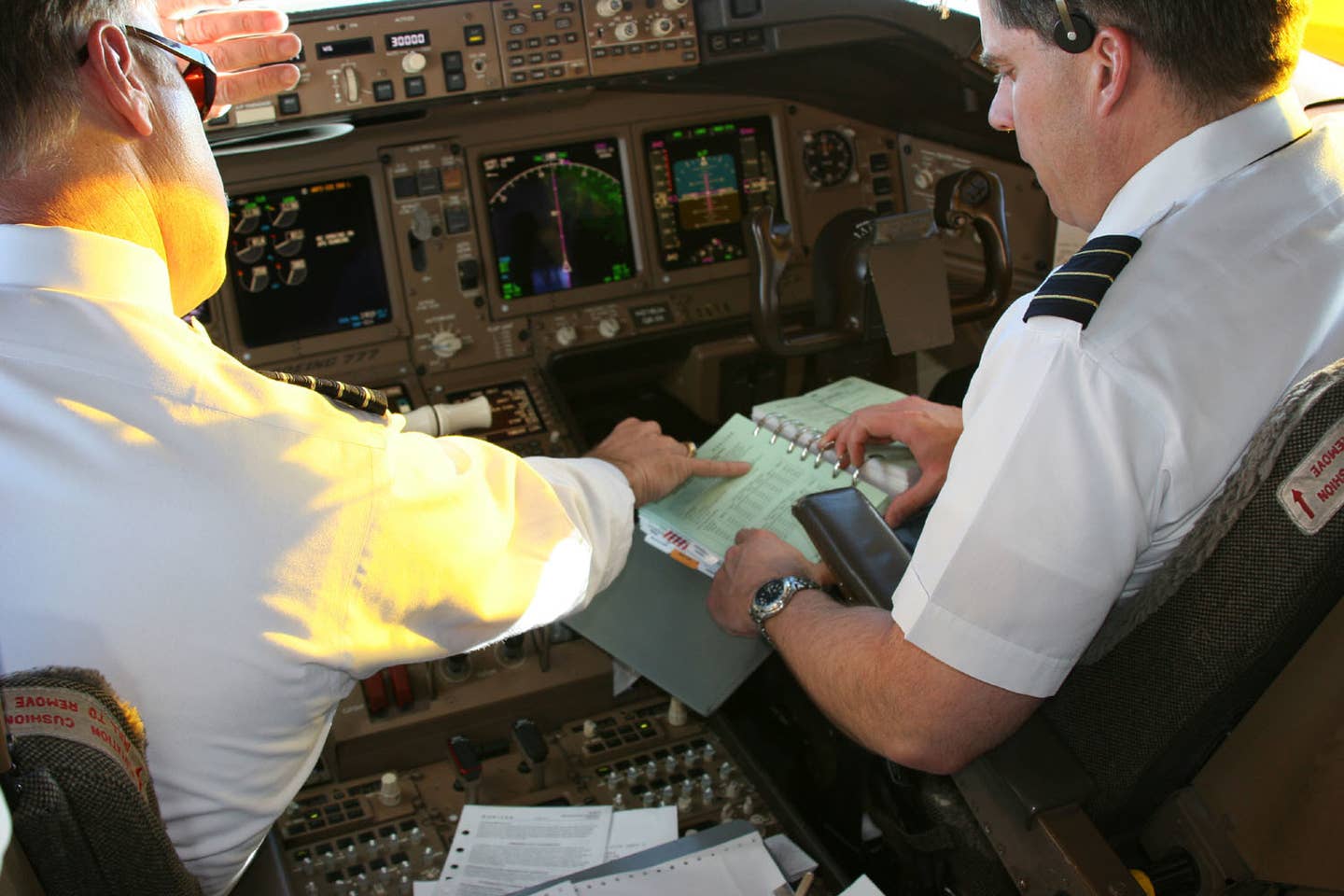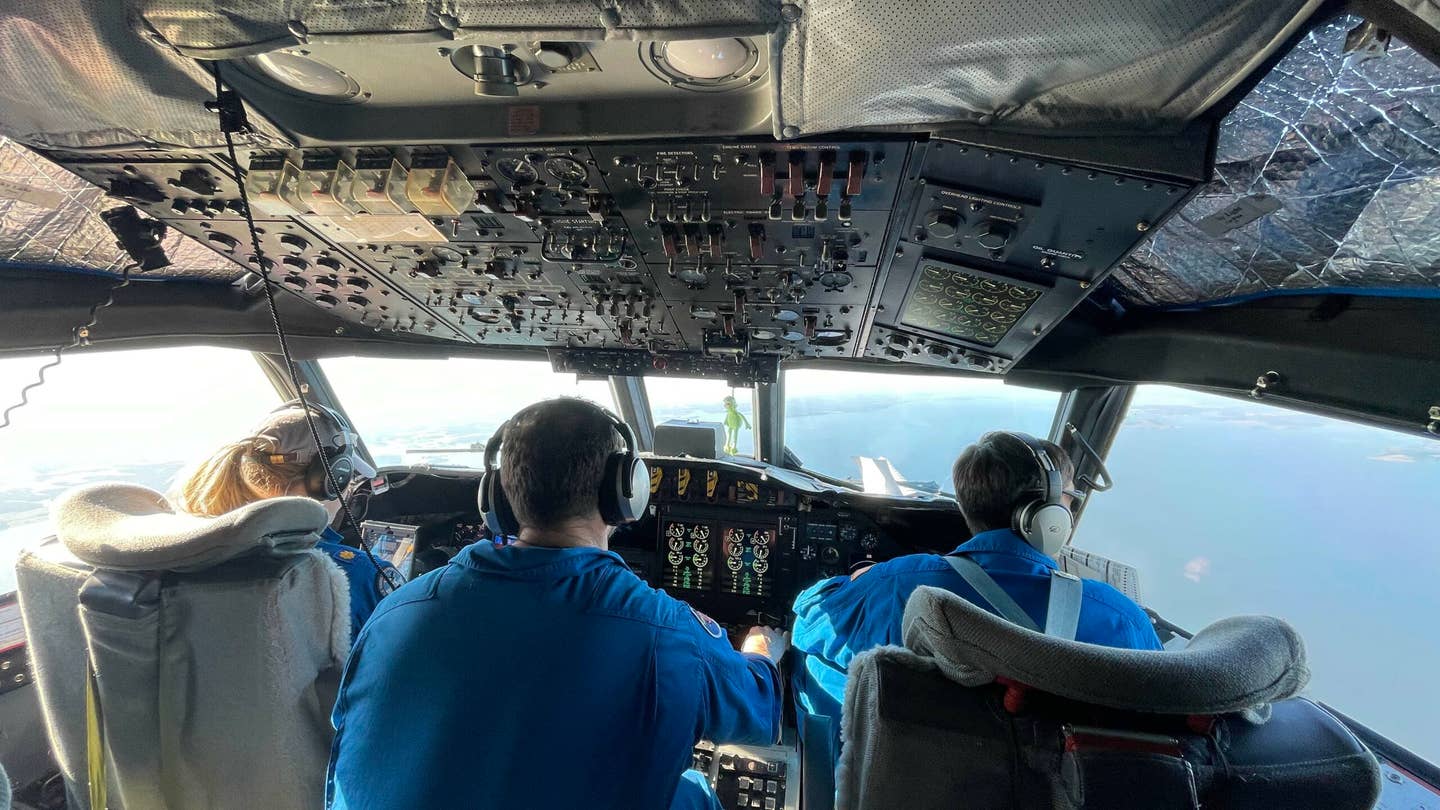
It’s not big, but an airline captain has one of the most coveted offices in the world. ALPA
For many aspiring professional pilots, “becoming an airline captain is the pinnacle of a career,” says Mark Haley, chair of the Air Line Pilots Association (ALPA) Education Committee and first officer for a major airline. Small wonder. “You get a window office, you’re flying airplanes and traveling the world,” says professor Martin Rottler, chair of the University Aviation Association’s (UAA’s) Flight Education Committee and lecturer at Ohio State University’s Center for Aviation Studies. Meanwhile, “airlines across the board are experiencing pilot shortages they’ve never seen,” says Danielle Calnin, director of Airline Business Development at training specialist Airline Transport Professionals. The three outlined the route to the left seat of an airliner cockpit.
What Education and Certifications Are Required?
You’ll need commercial, instrument and multiengine ratings, a first-class medical certificate and an Airline Transport Pilot (ATP) certificate, whose holders must be at least age 23 (21 in Canada). Most major carriers prefer pilots with a four-year college degree.
Where Do Future Airline Captains Get Their Ratings and Training?
Airlines prefer graduates of Part 141 flight-training programs, such as those offered by the more than 90 UAA member institutions, which “mimic the environment of an airline,” says Rottler, unlike many Part 61 programs. Some Part 141 institutions allow credit toward certifications for already-licensed pilots. Yet “not all Part 61 is looked at the same way” by airlines, notes Calnin, whose school produces 600 graduates annually and partners with several regional airlines. Wherever you train, “build a network of aviation professionals” you can call on for advice and networking help as your career advances, advises Rottler.
Many schools and carriers have partnered to offer tuition reimbursement and other programs that provide qualifying students with financial assistance and guaranteed paths to first-officer positions with regional carriers and even major airlines.
What’s the Flight Path after Attaining One’s Ratings?
Most aviation-degree-program students have 250 to 400 flight hours at graduation. They then work as flight instructors, flying cargo or skydivers, or “any entry-level flight job to get up to restricted ATP minimums (1,000 hours, available to Part 141 trained pilots), or if you don’t qualify, the full 1,500 hours,” Rottler says. Graduates of dedicated two-year Part 61 training facilities typically have the 1,500 flight hours required for ATPs at program completion, says Calnin. From there, most paths lead through regional airlines where pilots gain experience before filing an application with a major carrier.
How Can I Enhance My Chances of Getting Hired by a Major Airline?
Get involved in activities and organizations reflecting aviation or other interests. Airlines are looking for pilots who take advantage of “leadership opportunities,” Haley says. Rottler cites the National Intercollegiate Flying Association, Women in Aviation International, the Organization of Black Aerospace Professionals, and the National Gay Pilots Association as examples of the volunteer and organizational involvements that “can help move your application to the front of the line.”
Military-trained pilots, whether ROTC or service-academy graduates, can apply directly to airlines; many carriers have programs to hire veterans.
How Do I Choose an Airline?
Advancement toward captaincy is based strictly on seniority, so it’s important to choose an airline whose operations match your career goals. “Compensation is just one factor,” Haley notes. Among other questions: Is the airline growing? Are they buying more airplanes and hiring more pilots, and providing better opportunities to move up? Consider the aircraft they fly, the routes, and bases from which aircraft and crews operate. Remember too the decision on becoming a captain will be partly in your hands — for example, accepting left seat on an older aircraft model, or delaying an upgrade due to the opportunity’s route or base location. Nonetheless, if becoming an airline captain is your goal, sums up Rottler, “there has not been a time in recent memory that is as promising as it is today.”
Learn more about airline captain jobs at clearedtodream.org.

Sign-up for newsletters & special offers!
Get the latest FLYING stories & special offers delivered directly to your inbox






